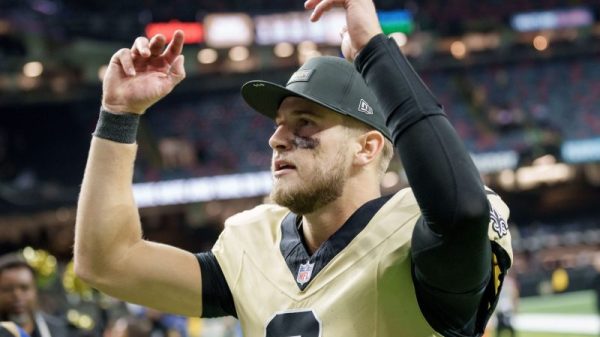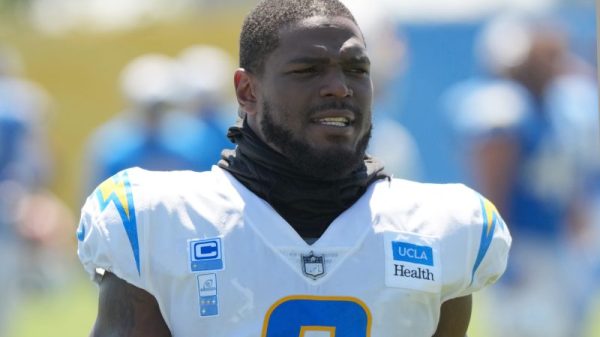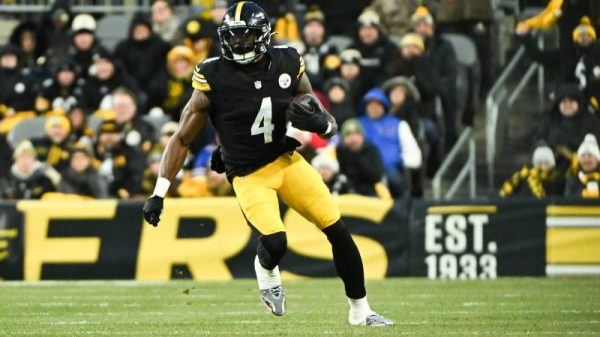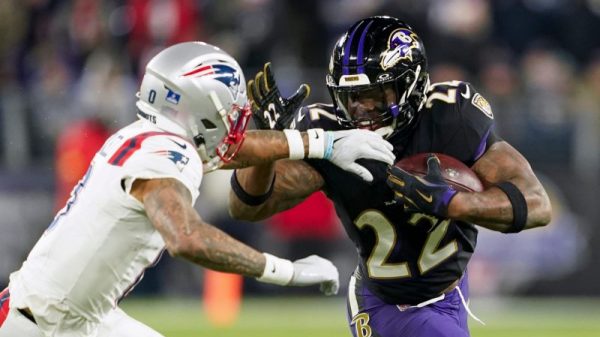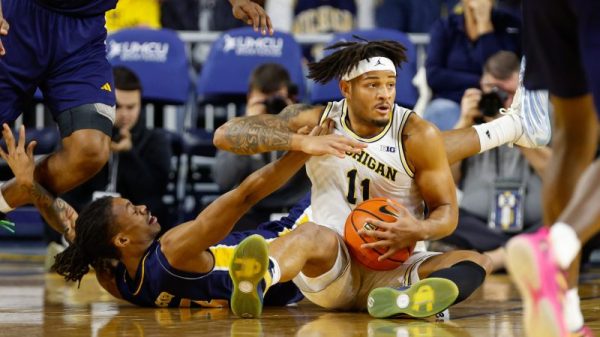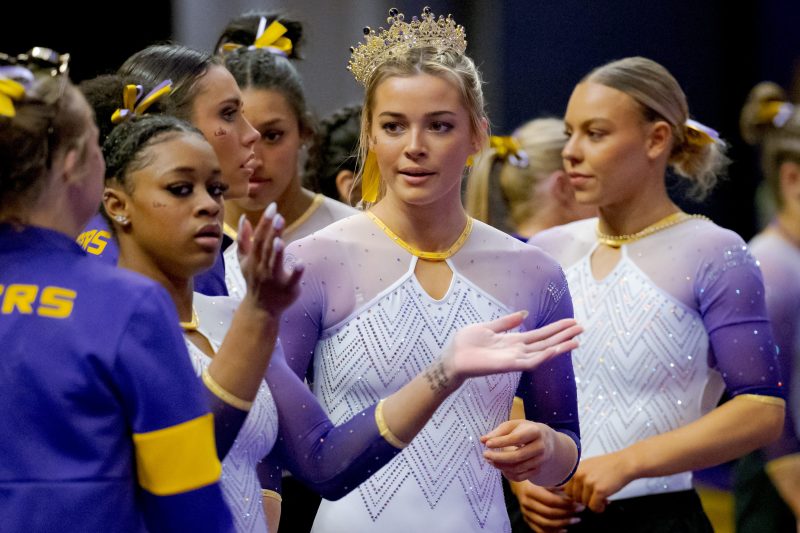For the 15,000th time: this isn’t a social activist stance against the ills of society. It’s embracing foundational red, white and blue.
It’s about capitalism.
So while attorneys argued back and forth Thursday evening via webinar, debating how female student athletes would be made whole through billions of NCAA damages payouts in the House case, I kept coming back to one undeniable fact.
How does anyone know what any student athlete ― male or female — is worth on the open market?
I am shocked, absolutely shocked, that U.S. District Judge Claudia Ann Wilken for the Northern District of California, said Thursday that while women historically haven’t been treated as well as men, damages can only be awarded for liability — “not other things.”
Other things? Like — and I’m just throwing this out there — MAC cosmetics, the largest cosmetic brand on the planet, not being able to sign any successful female student athlete to a multimillion dollar name, image and likeness (NIL) endorsement deal?
Or a female student athlete signing an NIL deal with Coke, or Frito-Lay, or Home Depot, or ― I know this is going to shock everyone (that’s sarcasm, folks) ― Nike? OK, I’m done with the free advertising. But you get the point.
Isn’t the NCAA, which for decades held a student athlete’s name, image and likeness in perpetuity once a scholarship agreement was signed, liable for all student athletes, male and female, losing millions in endorsement deals?
How much would basketball star Caitlin Clark have earned from Day 1 at Iowa? Better yet, how much would worldwide gymnastic icon Simone Biles — who signed with UCLA in 2014 (and would be outside the statute of limitations for this case) — have been worth on the open market?
Then there’s Oklahoma softball superstar Jocelyn Alo, the national player of the year in 2021 and 2022 while leading the Sooners to back-to-back national titles. A three-time first-team All-American and four-time Women’s College World Series all-tournament team (including 2018-19), she had a 40-game hitting streak and 121 career home runs during an illustrious career.
Look, I think we all can agree those are Joe Burrow-type numbers. And Burrow, the former LSU star quarterback, could receive as much as $1.5 million dollars through the agreement reached between the NCAA and class action lawsuit attorneys for student athletes (technically called the “House case” after lead plaintiff and former Arizona State swimmer Grant House).
Again, I’m just throwing this out there, but dollars to donuts says Burrow would absolutely agree that Alo was worth as much or more than he was on the open market.
Let me make this clear: I’m looking at this from 30,000 feet and throwing out sensible realities, hovering high above the ground floor where the heavy lifting is happening. But not everything in a courtroom is sensible.
Nor are all things NCAA, whose attorneys are simply trying to stop the bleeding on damages. They’re already out $2 billion-plus; they don’t need more heaped on top because plaintiff attorneys are arguing that women haven’t been treated as well as men.
And this is the problem. We’ve made this a men vs. women thing, when it should be an NCAA vs. capitalism thing.
The NCAA is waving its left hand and agreeing that its bloated media rights deals and the impact of television on collegiate sports is where this case sits, while hoping everyone ignores their right hand tucked underneath table. A right hand hiding the one true North of Economics 101.
Market dictates the dollars.
You can argue all you want that media rights dollars are paid, for the most part, because of football and men’s basketball (and some baseball). It doesn’t mean the rabbit hole of signing away NIL rights when you signed a scholarship didn’t impact an athlete’s ability to earn. Male or female.
We can’t ignore that media rights partners need content, and use non-revenue generating Olympic sports from men and women to fill scheduling gaps until football and basketball season. Just this past basketball season, we saw a small kindling burning in Iowa City grow into a raging worldwide inferno.
But Clark was able to earn off her NIL, you say. What about all the male and female athletes who weren’t? How much money did LSU gymnast Livvy Dunne lose without the ability to use her name, image and likeness during her 2020-21 freshman season?
As of May 2023, she already had earned more than $3 million in NIL money.
How much money could Texas golfer Scottie Sheffler, playing for the biggest, baddest brand in collegiate sports, have earned on NIL deals?
The answer to all of those questions: we don’t know. That’s the point of the circular argument, where attorneys are ironically being paid millions to prevent student athletes from recouping theirs.
The argument isn’t men vs. women, and who contributed more to media rights deals, and therefore has the right to earn more.
This is the NCAA vs. capitalism, and where this thing ultimately began decades ago: the unmitigated gall of collegiate sports’ governing body to demand athletes relinquish their ability to earn off their name, image and likeness — or walk away and not play.
For those who think a move toward equal damages in the House case would bankrupt the NCAA, I give you the latest media rights deal for the Power conferences. The SEC, Big Ten, Big 12 and ACC combine to earn more than $4 billion annually in media rights and College Football Playoff deals.
That’s billion, with a ‘B.’ Annually.
No one at the NCAA is going hungry, people.
Late in the process Thursday, Judge Wilken had heard enough and told the attorneys for both sides to head back to negotiations and figure out a new damages distribution model.
University presidents figured out a way in 2020 to play football ― the critical revenue driver for collegiate sports and linchpin of media rights deals ― during a flipping pandemic. Surely they can make headway here.
And start with Econ 101 while you’re at it.






